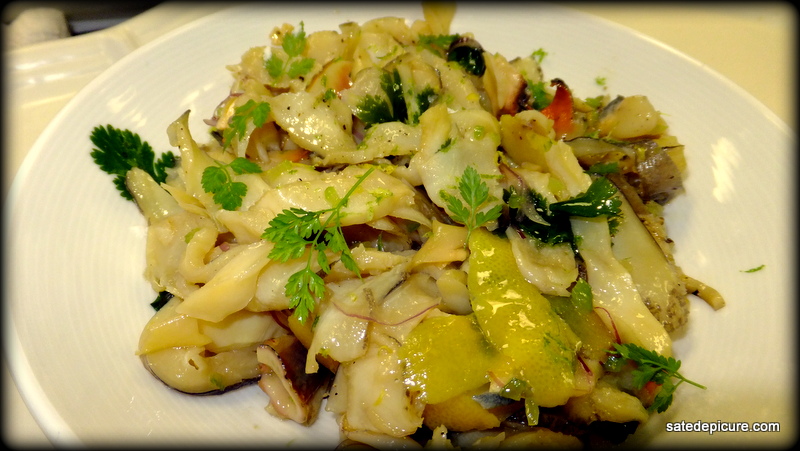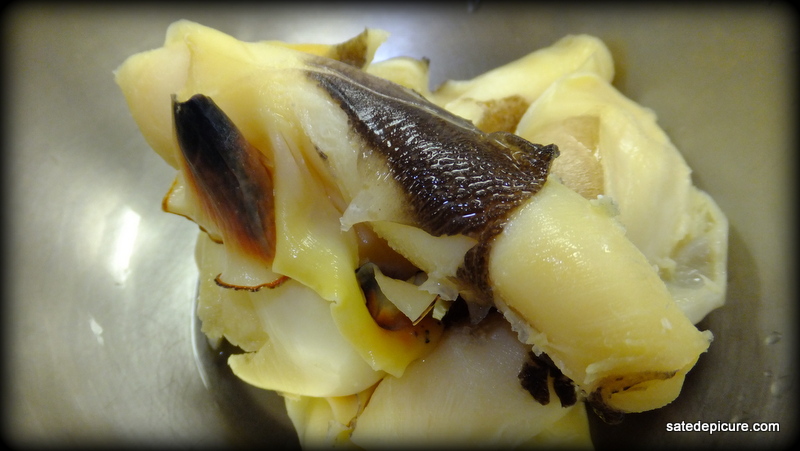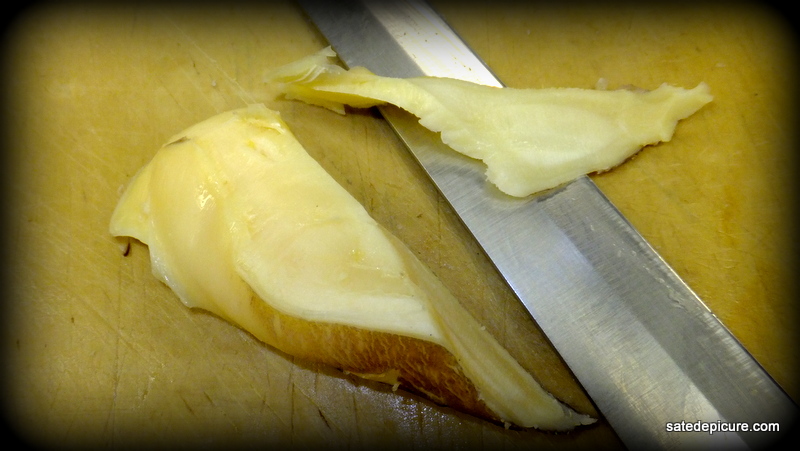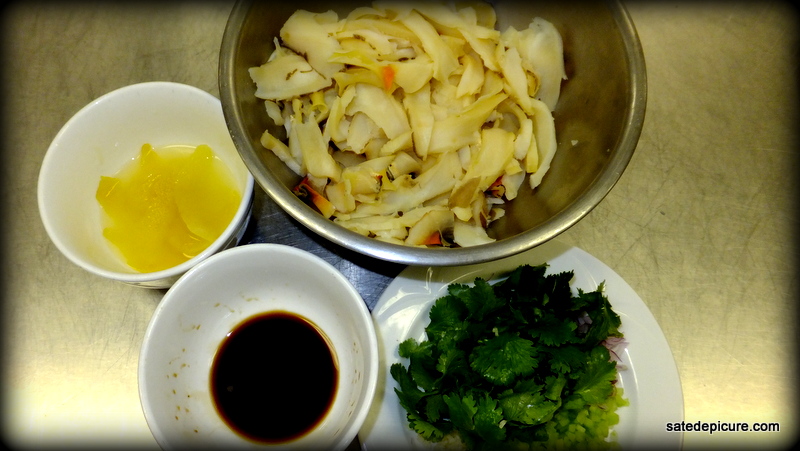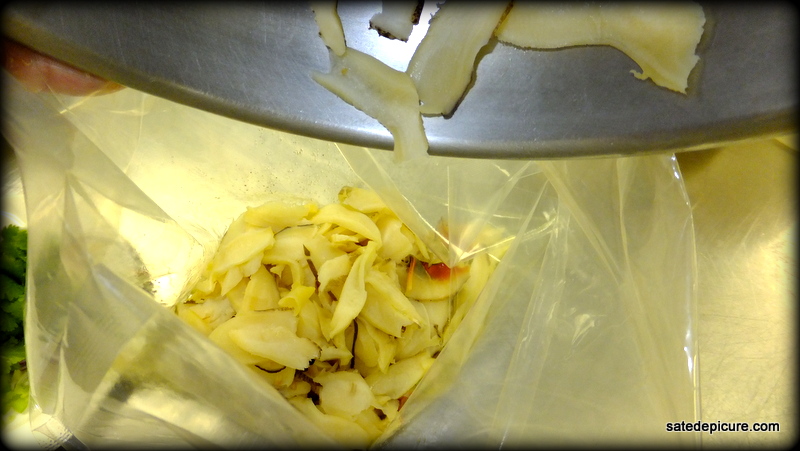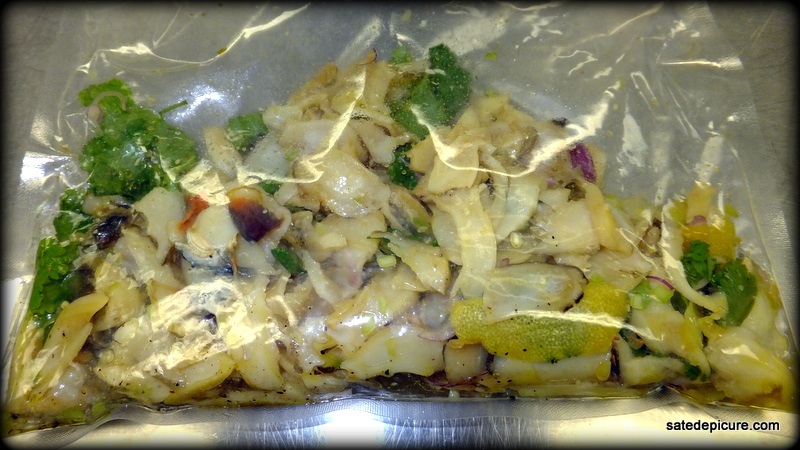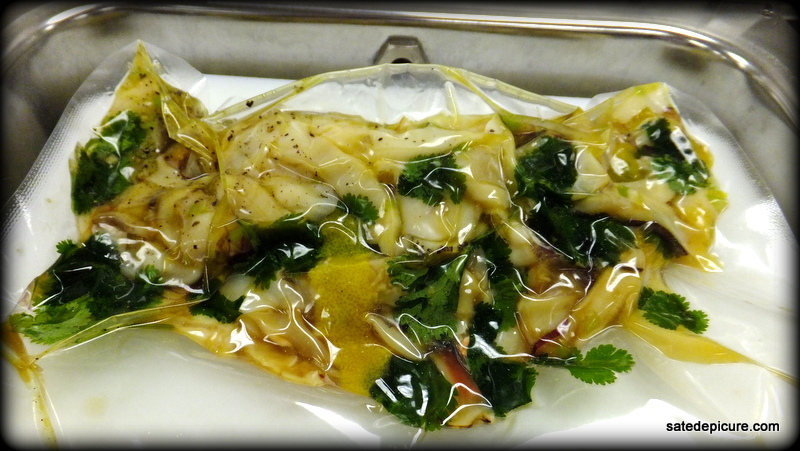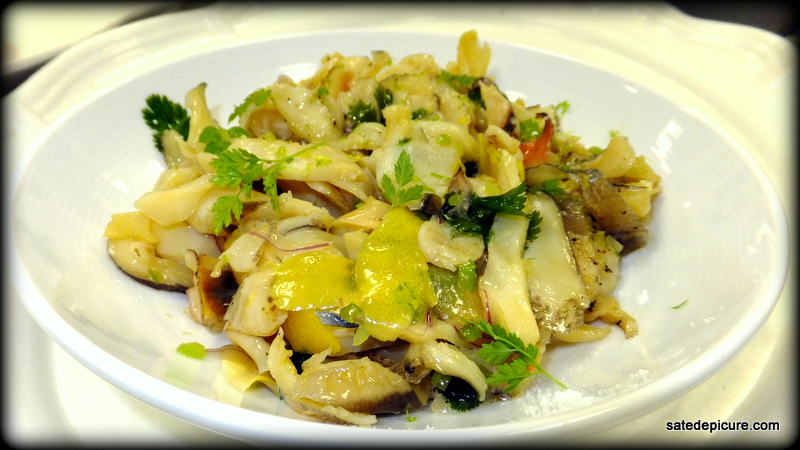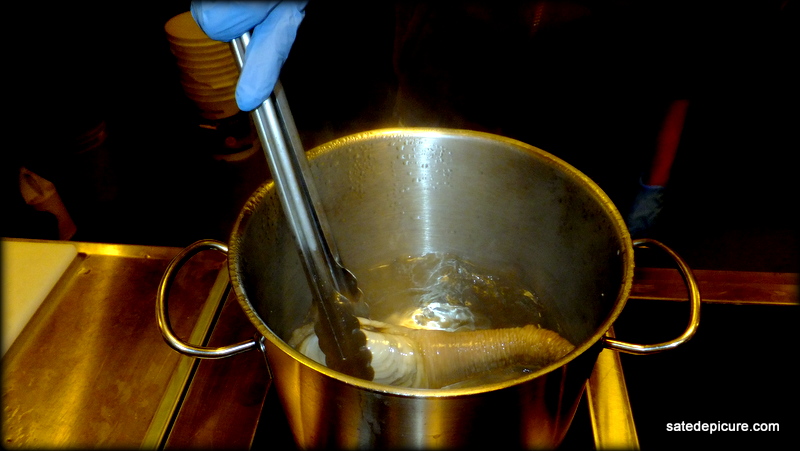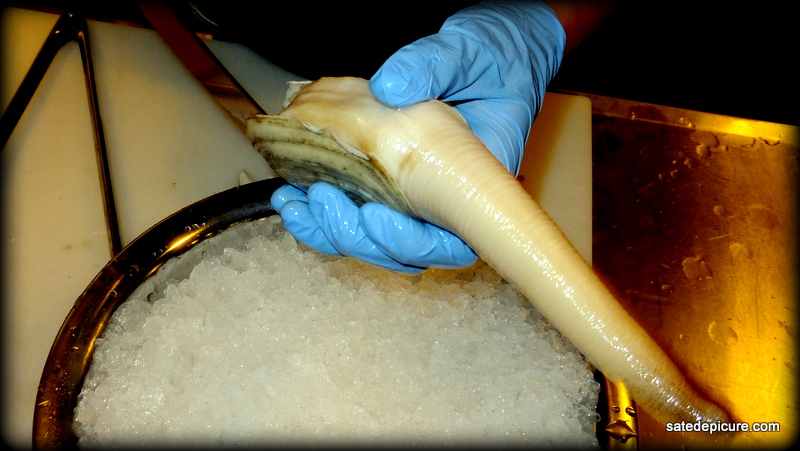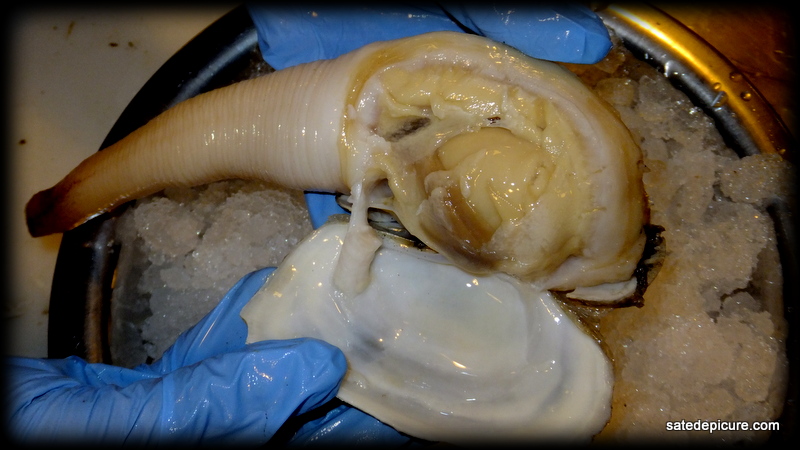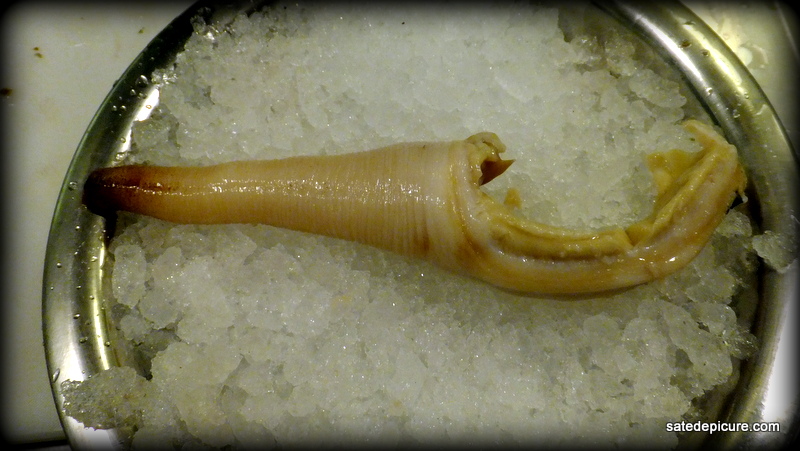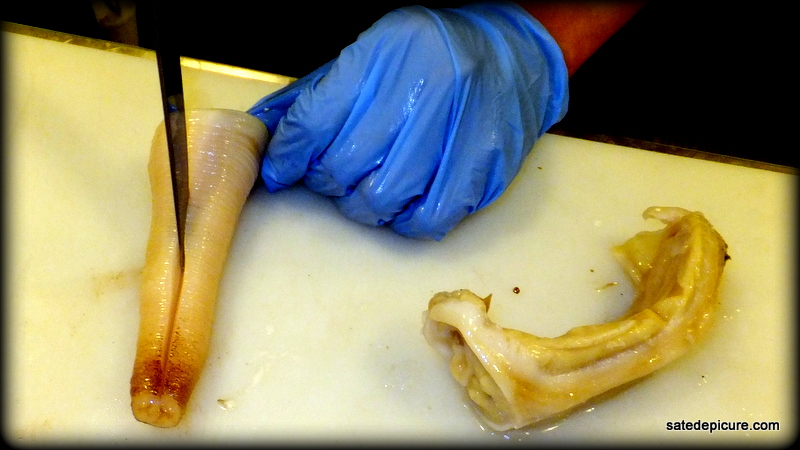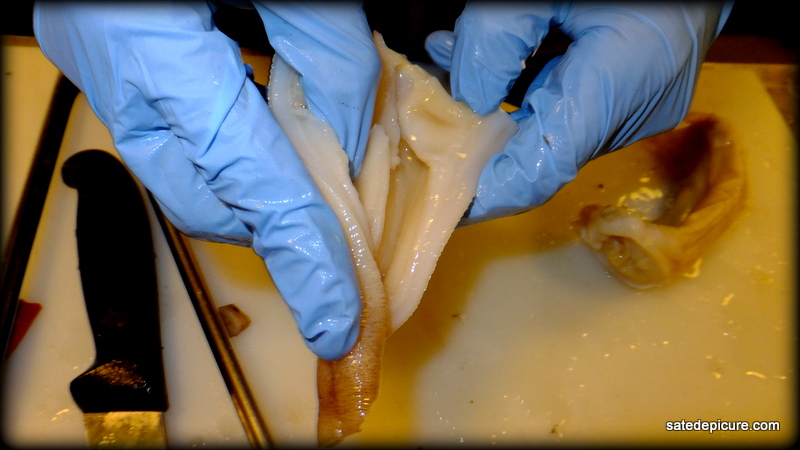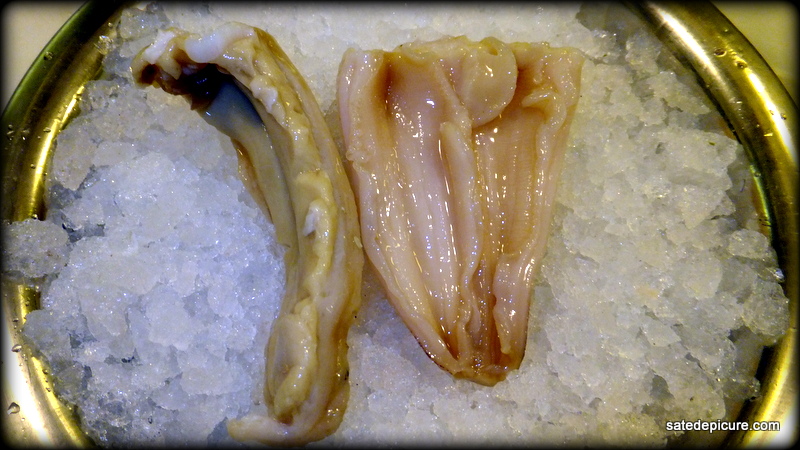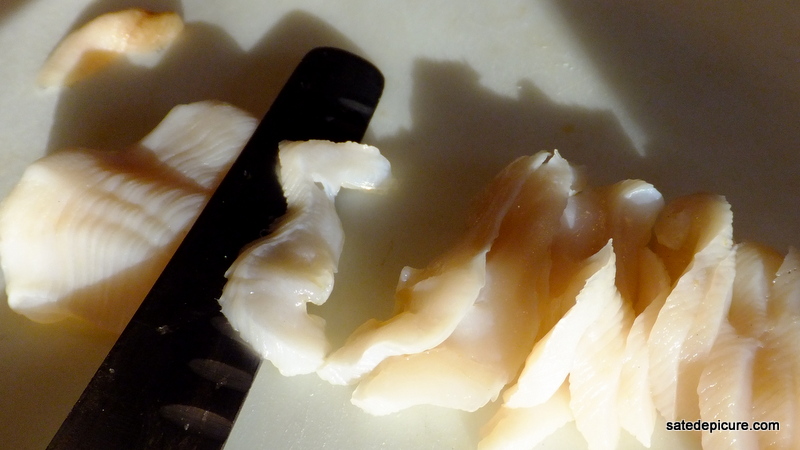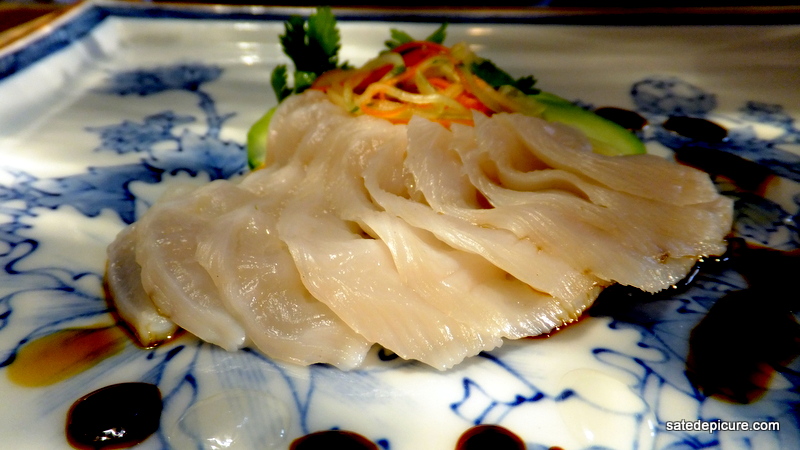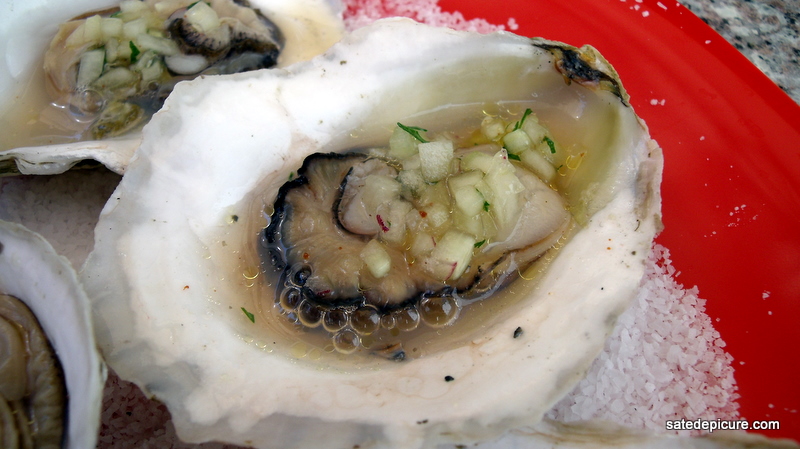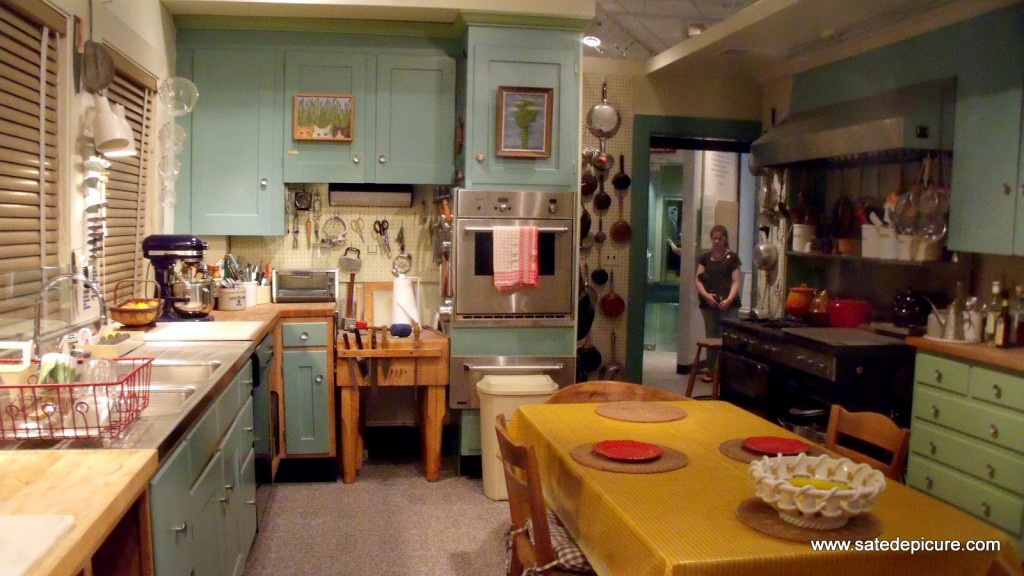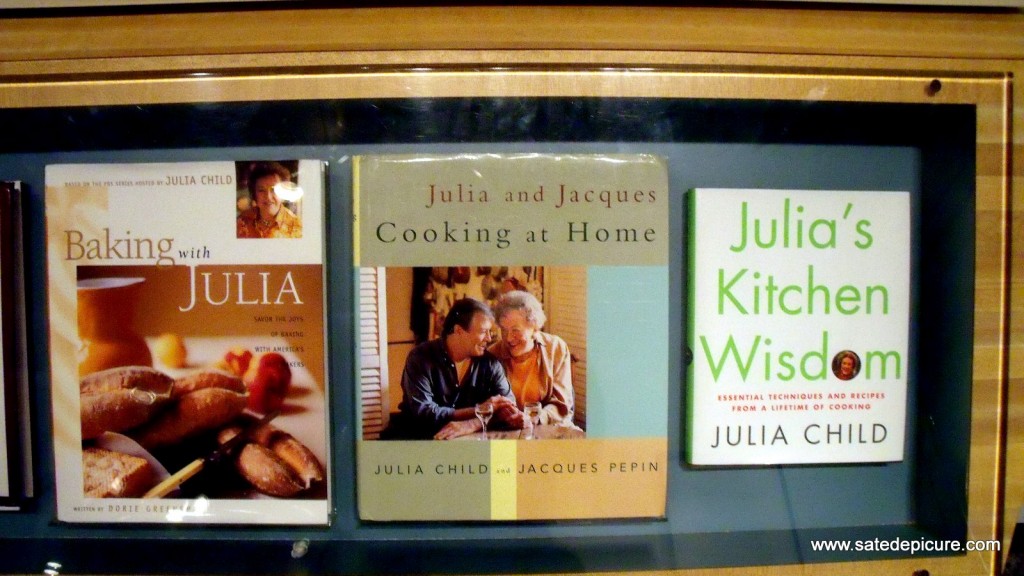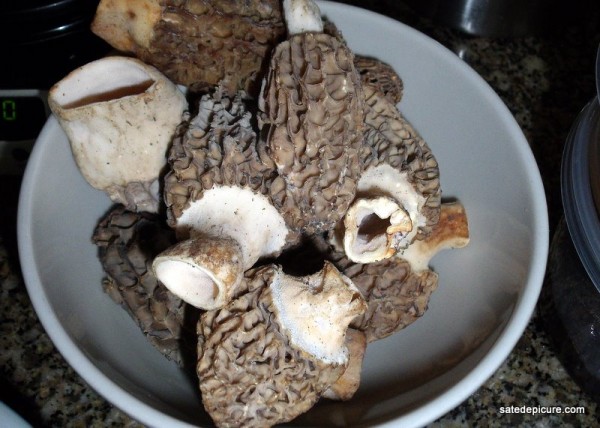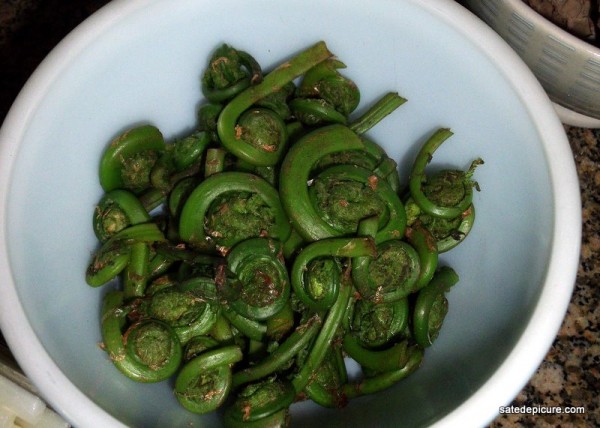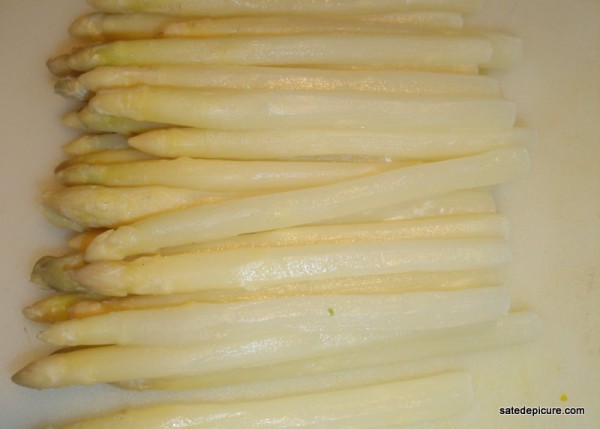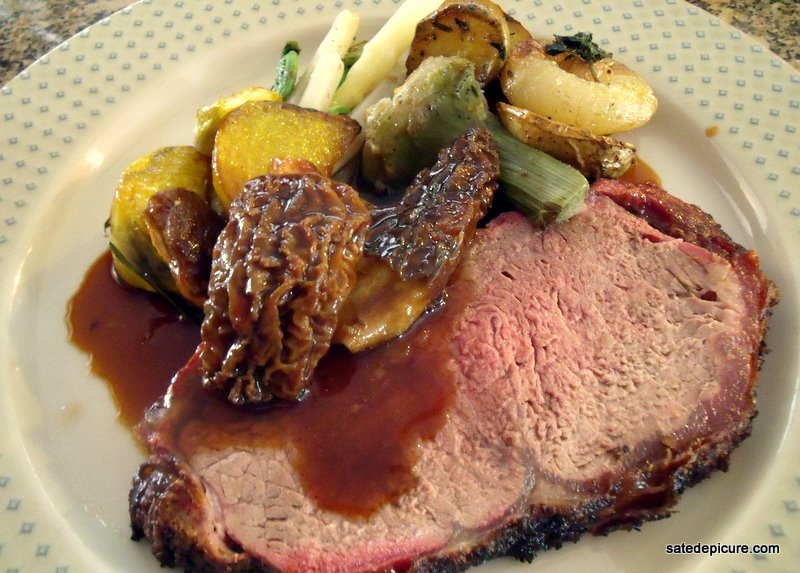Miami Beach Sunrise
My culinary research focused on handling and cooking various mollusks and crustaceans is stimulated anytime I am travelling near the coastline. While visiting the Caribbean or South Florida, Conch is on my mind and on this trip to Miami I purchase fresh Queen Conch meat from a local purveyor for $12 per pound. Conch (a gastropod mollusk) is not indigenous to the waters where I live. It is overfished domestically, and working with the product responsibly while in Florida is an opportunity I can’t pass up. Before purchasing the Conch I confirm the source with my vendor by visually inspecting shipping documents and packaging. Affirming the product is from Belize is a matter of conscience. This mollusk is severely threatened and many Caribbean fisheries are mismanaged, Belize less so.
Although the conch industry in South Florida and the rest of the southern coastline of the U.S. (from Georgia all the way down to southern Texas) is virtually closed due to over fishing, Conch from other locations in Rico and the U.S. Virgin Islands constitute a portion of the 20% of Conch legally produced by the U.S. according to the National Marine Fisheries Service. The remaining 80% of conch consumed is imported from various countries and Belize is one of the better managed fisheries and, potentially, one of the more sustainable.
Rt. A1A Intercoastal
The fishery in Belize, composed of hundreds of small independent, mostly in-shore fishermen, is considered artisan by the Food and Agriculture Organization of the United Nations. Queen Conch is harvested in the wild by hand with minimal damage to reefs and ecosystems and results in virtually no by-catch. The season is regulated in Belize with closure from July 1 – September 30th each year.
Delicious Conch Salad
Opening the 1 kilo package of fresh conch, I am struck by the sweet briny aroma reminiscent of abalone or spiny lobster. I plunge the meat in boiling water for 20 seconds to clean it and tenderize it before shocking it in ice water for a couple of seconds and patting it dry. Each body is twice the size of my thumb and weighs around 100 grams prior to cleaning. The tender foot and mantle peel away effortlessly, are soft to the touch and taste sweet and nutty. Rather than clean these completely, I leave the bodies intact and slice the flesh as thin as possible with a razor sharp knife and vacuum pack the sliced Conch with aromatics to deeply infuse the flesh with notes of flavor prior to serving. Sounds of Jimmy Buffet ring in my head.
Conch is not something I would menu that often and I would certainly avoid serving it from June to October even though frozen supplies are available. It is a scare delicacy to be served with care and a rare treat.
Whole Shelled Queen Conch
Slice Conch Thinly
Conch Mise en Place (see recipe below)
Place all Ingredients in Vacuum Bag
Vacuum Bag Prepped for Sealing
Vacuum Packaged Conch
Queen Conch with Cilantro Garlic and Lemon
275 g Conch, blanched, sliced thin
4 g Garlic, Minced
7 g Cilantro leaves, whole
8 g Red Onion, minced
12 g Celery, diced brunoise
15 g Salt
15 g Pepper, fresh cracked
25 g Lemon Juice
10 g Lemon Zest
12 g Olive Oil
12 g Soy Sauce
Place all ingredients into a bowl and mix. Adjust seasonings. Transfer into a medium sized sous vide bag and vacuum seal with a medium pull. Place in refrigerator overnight.
Open vacuum bag and pour contents into a bowl. Toss to loosen mixture and serve chilled.
Note: vacuum packing this salad causes the aromatics to become infused into the conch flesh resulting in subtle and delicious notes of flavor while also improving tenderness.


